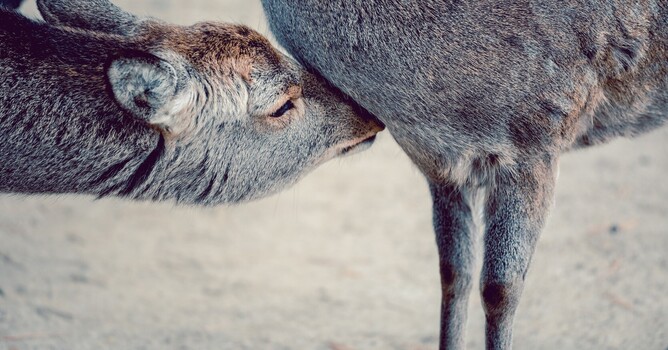As calving approaches, it is a good time to reflect on the peri-natal and post-natal losses that are happening on your farm, and prepare ways to reduce them that suit your system.
Perinatal and postnatal calf death is one of the most significant sources of reproductive wastage on NZ deer farms.
The following is a refresher on the main causes and corrective actions. For more detailed advice around optimal calving environments, visit the DeerHub at www.deernz.org.
A list of possible causes include:
- Dystocia - calves are usually born dead or die shortly after.
- Starvation - calves usually die 1-3 days after birth.
- Misadventure - a major cause of post-natal calf loss, usually involving fences.
- Disease - not as common on most farms. Causes include Fusiformis, Cryptosporidia, E.coli, and Leptospira.
So, you might have identified the problem areas on your farm, but what can you do to minimise them?
- Dystocia - most likely related to disturbances around calving that disrupt the birthing process. By reducing hind stocking rate, you can reduce stress on the hinds to find a suitable calving site and it means they can have an undisturbed birth.
- Starvation - usually an issue with bonding between mother and calf in the first few hours of birth, it can indicate issues with the calving environment and disturbances to the hind. Maintain hind stocking rates at <8 per ha during calving to minimise competition between hinds for calving sites, and avoid unnecessary disturbances.
- Misadventure - ensure fences surrounding calving paddocks do not have holes big enough for calves to crawl through. Also, provide shelter for the calves away from the fence lines. If possible, separating calving groups by at least one empty paddock can help reduce confusion for the calf.
- Disease - seek veterinary advice if you are seeing perinatal calf mortality due to disease.
- Rosie Burkitt

